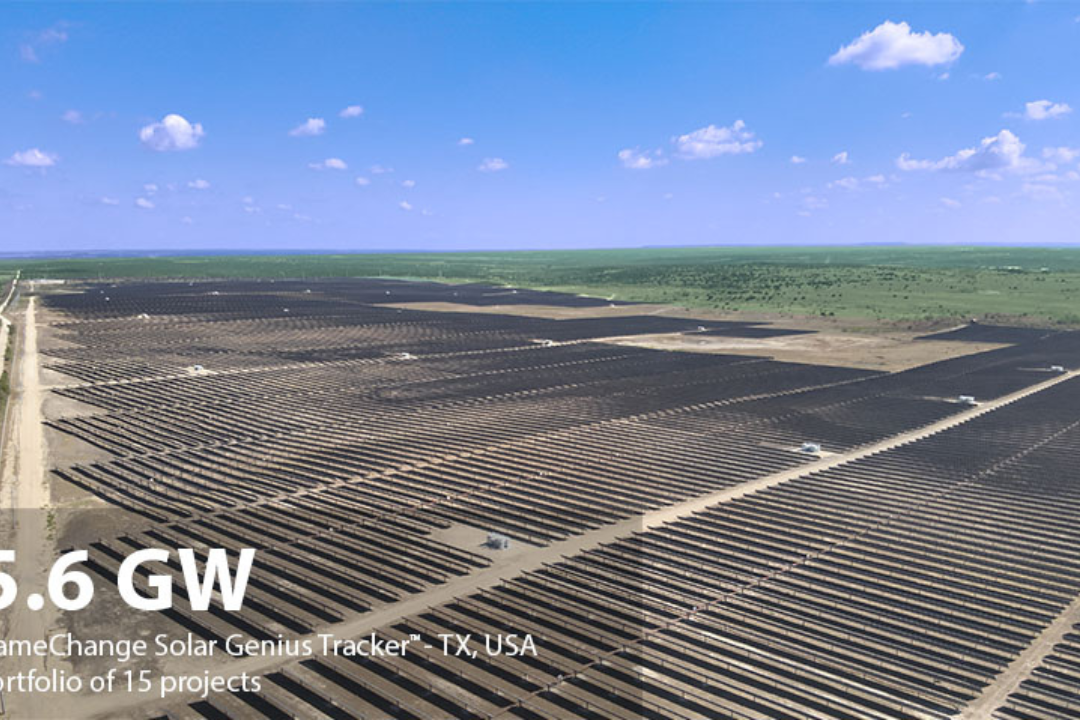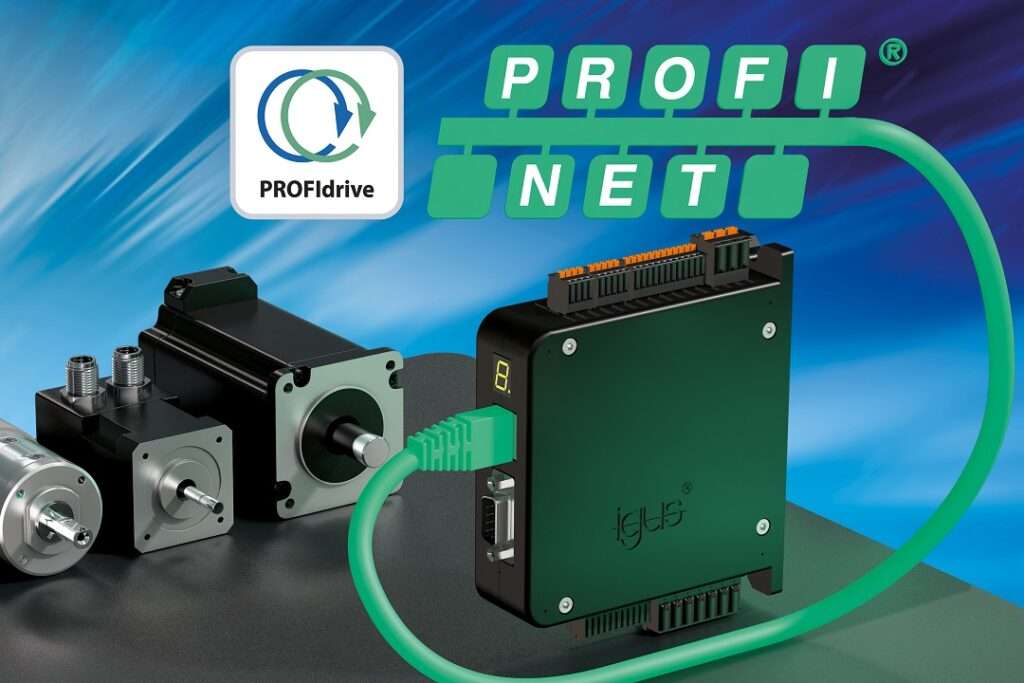With the recent enactment of the “One Big Beautiful Bill,” GameChange Solar is prepared to assist developers of utility-scale solar installations in meeting the criteria for having officially started construction—an essential step to claim the full Investment Tax Credit (ITC). The company stresses that a flexible approach to module design is essential to maintaining adaptability as future module decisions are made.
One of the biggest obstacles facing developers is how to move forward with procurement before finalizing the solar module brand or type. GameChange’s Genius Tracker system addresses this issue by offering a versatile structural design. It includes features like unpunched torque tubes, low-profile bearings, and SpeedClamps or adaptable purlins—allowing developers to adjust to changes in module size or mounting layouts without costly onsite modifications.
“Securing tracker components in the early phases, even before locking in a specific module, is a highly effective way to ensure ITC compliance while keeping vendor options open,” said Phil Vyhanek, President of GameChange Solar. “Our adaptable systems empower project teams to move ahead without fear of expensive redesigns or delays. We also support this with a fully domestic manufacturing and supply footprint in the U.S.”
This engineering strategy offers greater financial certainty and long-term value, especially amid shifting trade policies and unpredictable module supply trends. “Our team is ready to guide partners through these transitions,” added Mr Vyhanek. “Acting early and choosing systems with built-in flexibility can protect both budgets and project timelines.”
GameChange ranks among the top three global manufacturers of solar tracking systems used in utility-scale and ground-mounted solar installations. The company has delivered over 43 gigawatts of tracking and fixed-tilt systems worldwide. Their technology focuses on rapid assembly, reliability, and competitive cost through advanced engineering, smart product design, and high-volume production. These systems enable solar arrays to follow the sun throughout the day, maximizing energy yield while withstanding extreme weather conditions.








